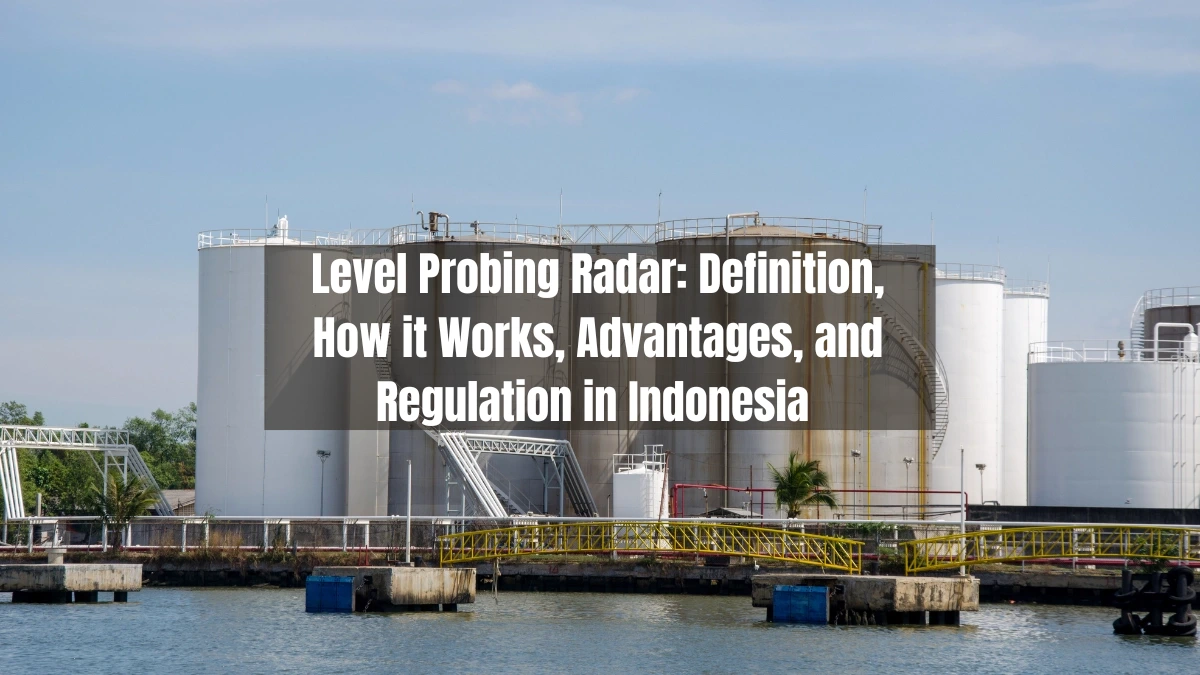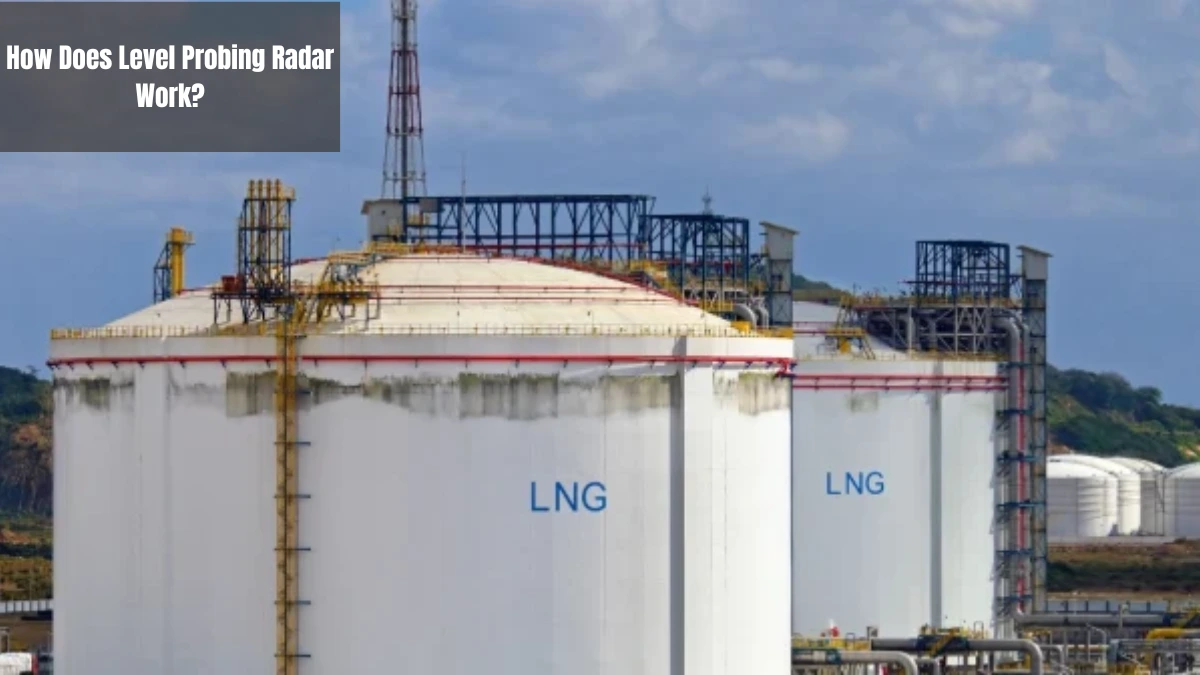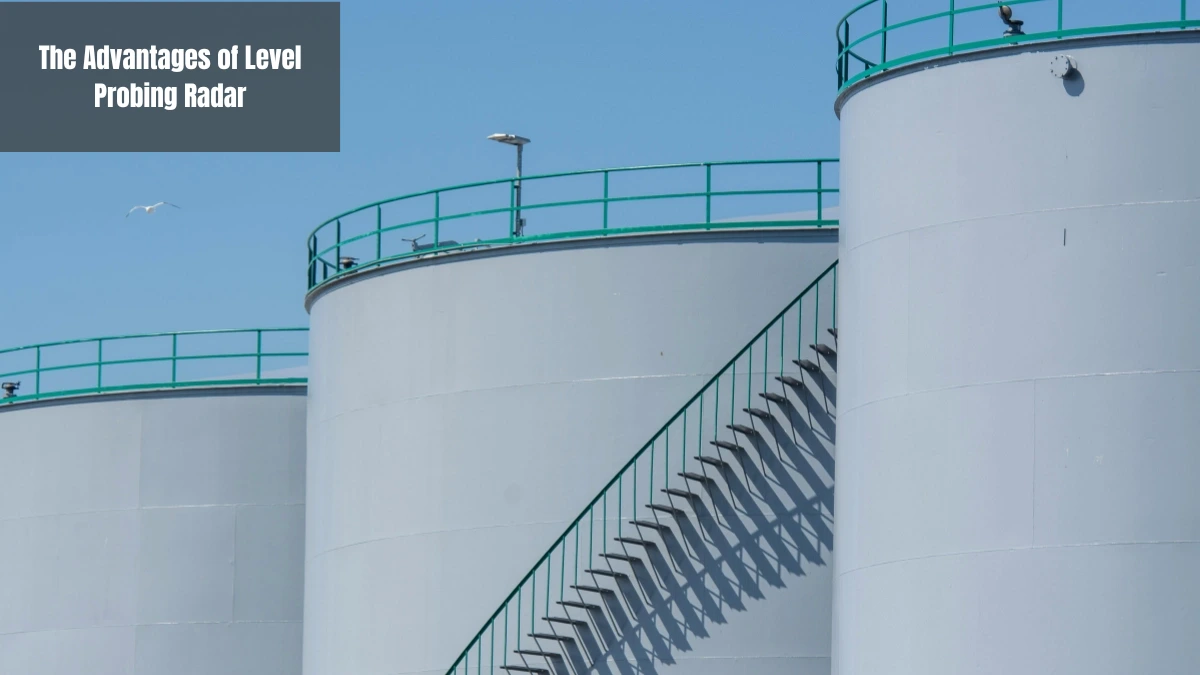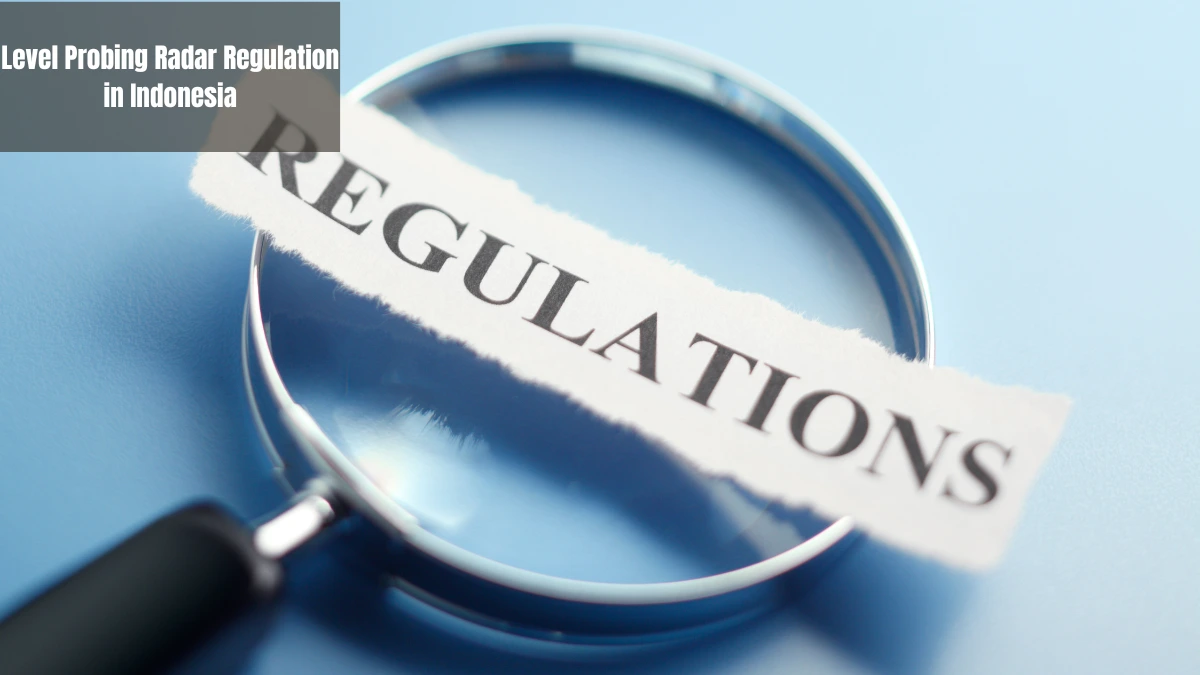Level providing radar is a very useful technology in the industrial world to determine how high the surface of liquid or solid materials is in a tank. This is necessary for safety, efficiency, and to provide accurate level data.
To provide highly precise data, level probing radar works non-contact using radar. This is certainly more practical than conventional methods that require direct contact with the material.
To learn more about level probing radar, let's discuss its definition, how it works, its characteristics, advantages, and regulations for its use in Indonesia.
What is a Level Probing Radar?

Level providing radar is a non-contact sensor technology that uses radar to measure the height of the surface of materials in containers, such as tanks or silos. The device takes measurements by emitting electromagnetic wave signals to the surface of the material, then capturing the reflected signals.
This tool makes it easy to determine the height of the material in real time, without having to open the tank lid or touch the contents directly. In addition, it improves employee safety, especially for tanks or silos containing sensitive or hazardous materials.
How Does Level Probing Radar Work?

As the name suggests, level probing radar works using radar technology. There are two main types of radar technology used, namely pulse radar and frequency-modulated continuous wave.
Pulse radar works by sending short signals at certain time intervals. Meanwhile, frequency-modulated continuous wave works by sending continuous signals and detecting changes in the frequency of reflections.
Basically, level probing radar measures the time it takes for the radar signal to travel from the sensor to the surface and back again, which is called the Time-of-Flight (ToF) principle. Based on the time measurement using the ToF principle, the distance from the sensor to the surface is calculated and then converted into a level or height.
The Advantages of Level Probing Radar

Not only is it easy to determine the height of the material in real time, but level probing radar also offers many other advantages. Here are some of them:
Non-contact measurement
Level probing radar works by measuring the surface of liquid or solid materials in a tank without direct contact. Eventually, you do not need to open the tank lid or touch the contents directly.
This prevents wear and tear on the probe. The device is suitable for corrosive and dirty media. In addition, it provides greater safety for workers, especially for tanks or silos containing sensitive or hazardous materials.
Can measure continuously
Not only does it provide real-time level data, but this tool also allows for continuous monitoring. With sensor technology, measurements can be taken periodically and continuously according to the required time frame.
This capability also provides operational effectiveness in terms of data measurement. You will have accurate measurement data on an ongoing basis.
Accuracy and consistency
Radar level probing considers data collection with a high degree of accuracy and consistency. This is because the device is not affected by changes in temperature, pressure, gas, or other atmospheric conditions.
In addition, radar level measurements are not affected by changes in density, viscosity, dielectric, or conductivity of liquids. Even at varying operating temperatures and pressures.
Flexibility of use
Another advantage of this device is its flexibility of use. The device can be used for various types of materials, both liquid and solid. Not only that, this device can also be used in industrial conditions.
For companies that have many types of tanks or silos, this certainly makes life more practical. Especially if the production system runs continuously and requires speed.
Level Probing Radar Regulation in Indonesia

The level probing radar uses Short Range Devices (SRD) technology that operates within a specific frequency spectrum. In Indonesia, any wireless device is required to have a DJID (Directorate General of Digital Infrastructure) under the Ministry of Communication and Digital (KOMDIGI).
Level probing radar regulation is based on KEPMEN No. 260 Tahun 2024, which requires all radio frequency-based devices to meet specific technical standards before being sold in the country.
The DJID certification ensures that the product meets government safety and quality regulations and does not interfere with other communication devices. The certification process involves technical testing, such as frequency adjustments, safety checks, and compatibility with the surrounding environment.
Once the tests are completed, products that pass are listed in a Test Result Report, which confirms that the product is safe and meets the requirements for sale in Indonesia. This report reassures customers that the product meets technical standards and is secure.
For companies wanting to sell level probing radar in Indonesia, Type Approval Certification Services for ICT Products are available to assist with this process. This service includes preparing technical and legal documents, conducting required testing, ensuring compliance with regulations, helping companies streamline the certification process, and giving consumers confidence in certified products.